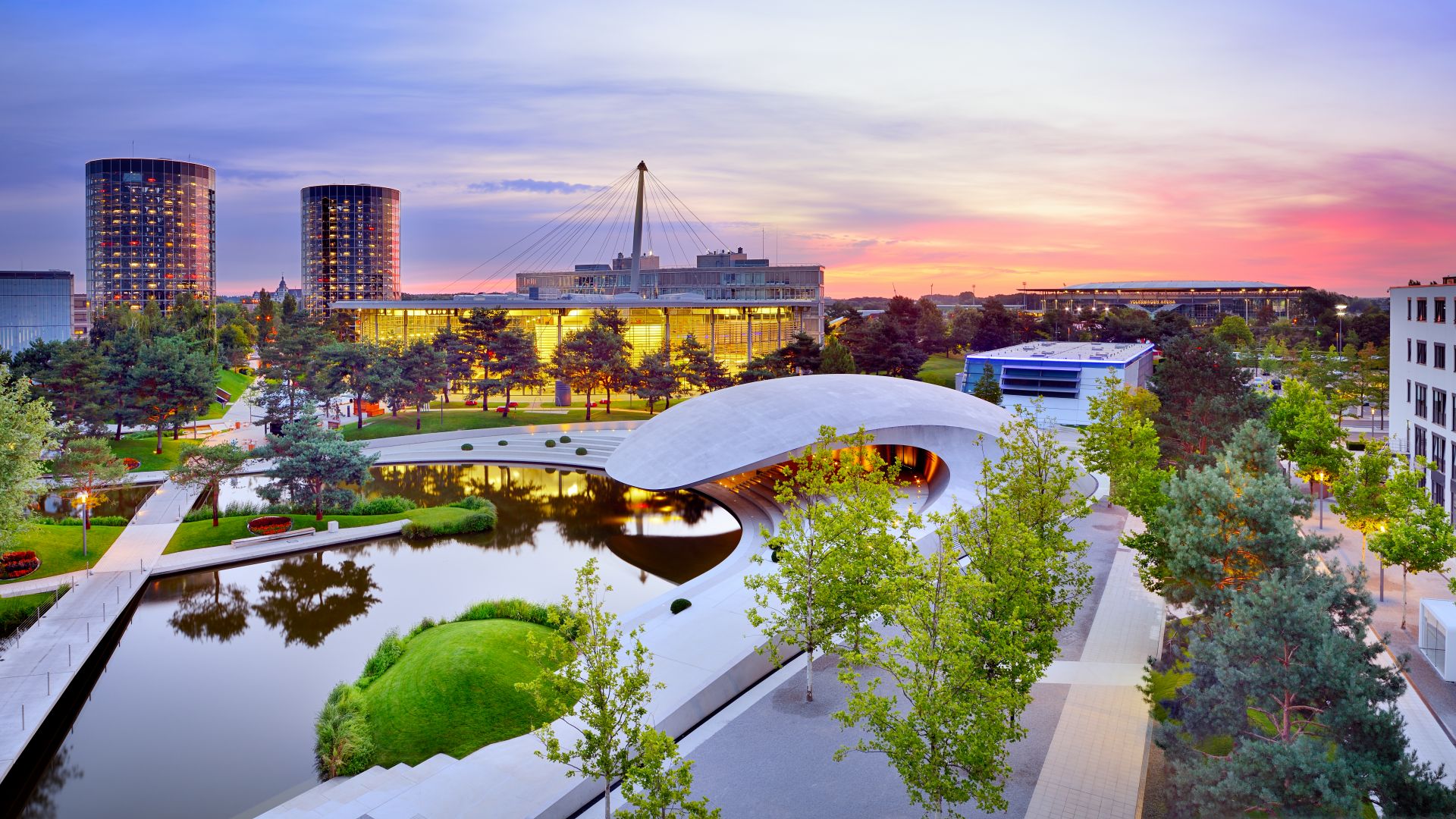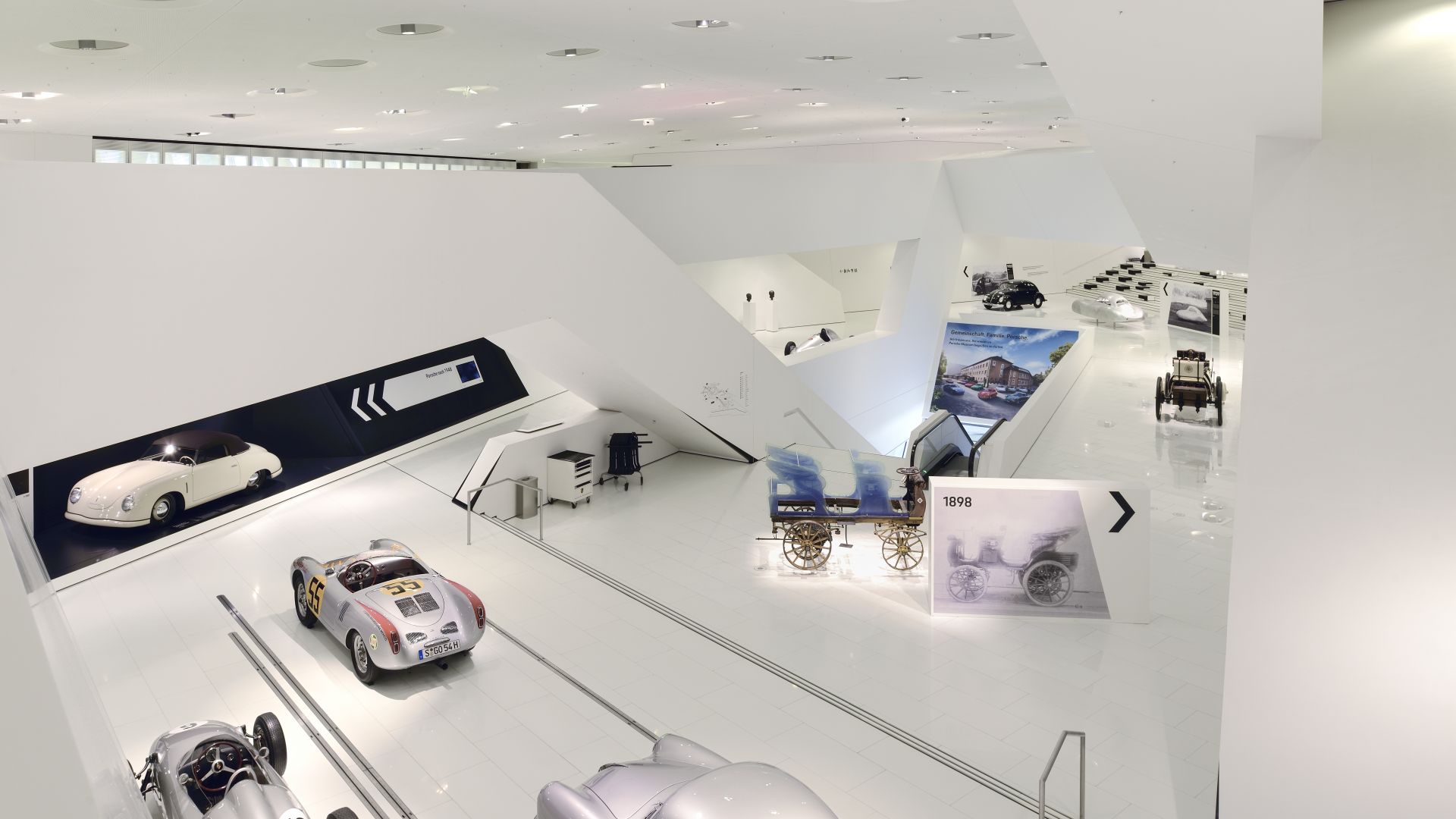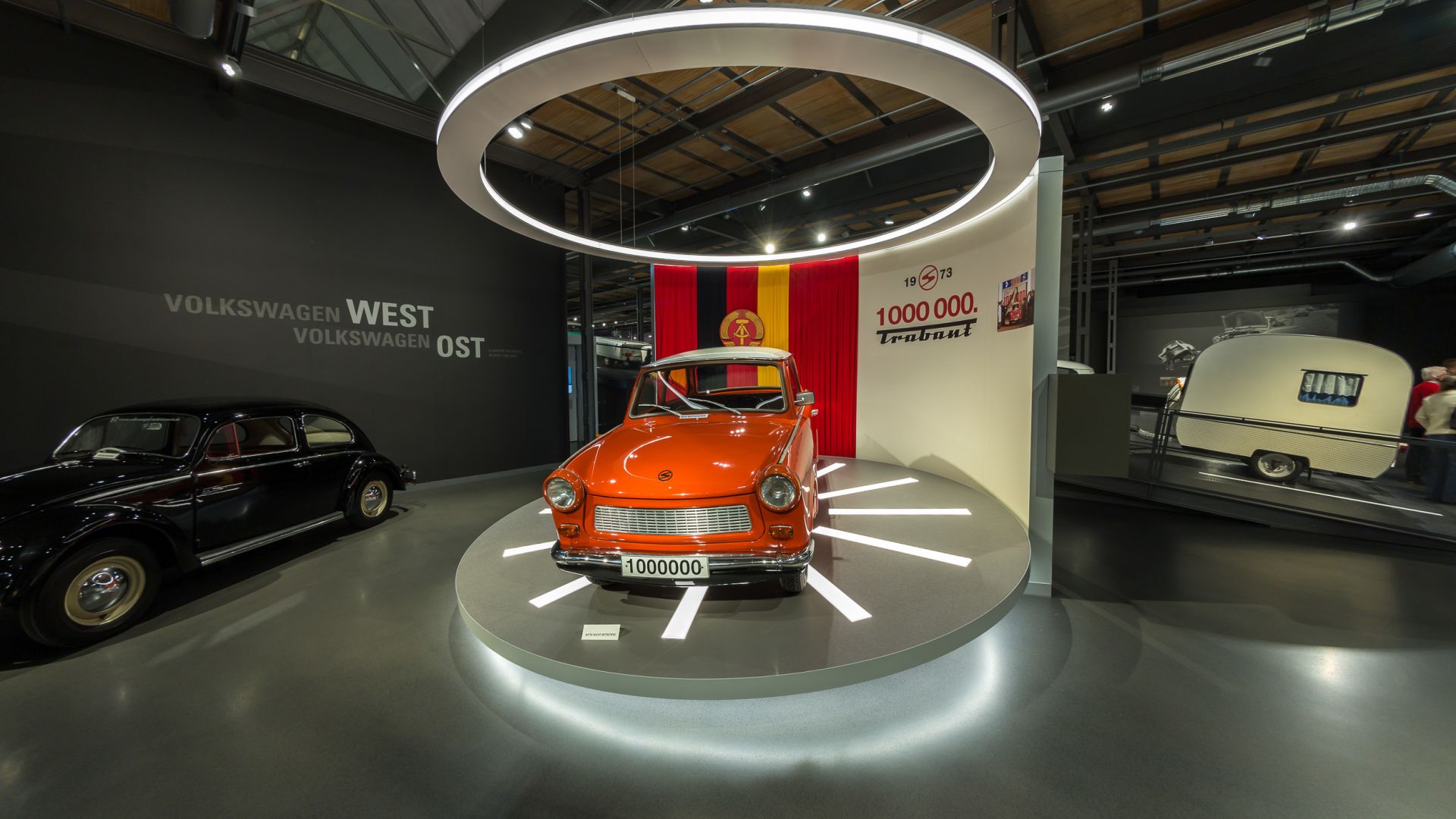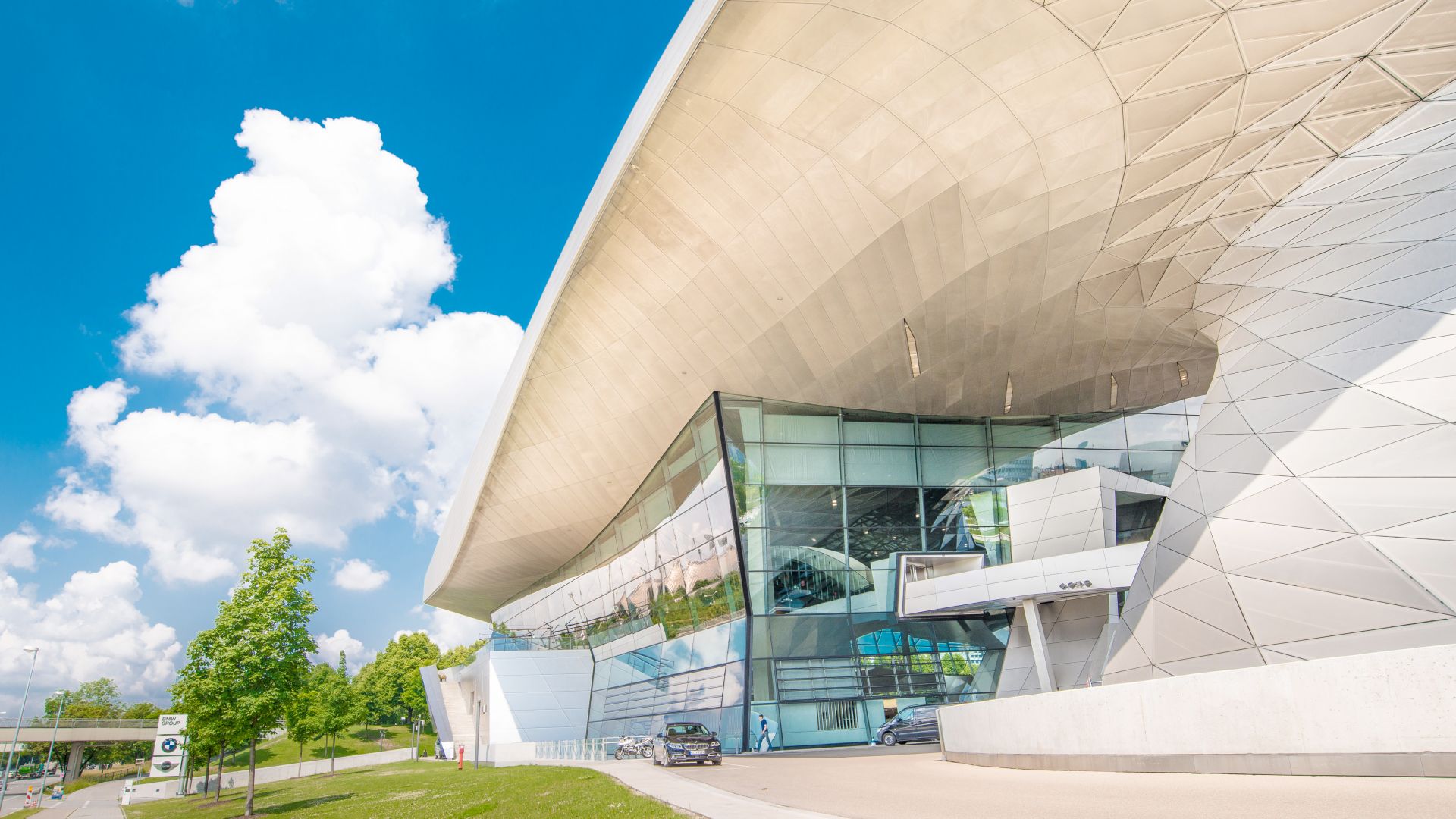Cities & Culture
Hotspots of automobile history
Germany: the land of the car The inventions of Benz, Daimler, Maybach and more all helped lay the foundations for Germany's reputation. The history of these inventors and their cars, extending even into the current electric age, can be traced within their famous cities.
Wolfsburg: Just car manufacturing?
 Wolfsburg: Autostadt
©DZT (Francesco Carovillano)
Wolfsburg: Autostadt
©DZT (Francesco Carovillano)
An art museum, a Renaissance castle, the flagship Phaeno Science Centre designed by Zaha Hadid, and so much more: reducing Wolfsburg to being just the home of the VW brand does the city a great disservice. All the same, Europe’s largest car manufacturer is in fact omnipresent in this youthful Lower Saxon city on the Mittelland Canal. And it’s even responsible for by far the largest visitor attraction: the 28-hectare Autostadt. As well as those buying a new car, which floats down impressively from one of the 48-metre-high glass towers, other visitors are also welcome in the world’s unique transport theme park. Must-sees include: the ZeitHaus, featuring 135 years of automotive history, an off-road course, a driving simulator, a huge water fountain show, and several brand pavilions displaying models from the Group’s many brands, including Audi. At its headquarters in Ingolstadt, the Audi Forum, although much smaller, also attracts visitors with its factory tour and museum experience attractions.
Stuttgart: A colourful melting pot
 Stuttgart: Exhibition in the Porsche Museum
©DZT (Francesco Carovillano)
Stuttgart: Exhibition in the Porsche Museum
©DZT (Francesco Carovillano)
If the question is “Who invented it?”, more often than not the answer is “some geniuses from Stuttgart!” The inventors of the Leitz filing folders, of solariums, and of the first mass produced bras all came from the Neckar-Kessel or surrounding areas. So also Carl Benz, Gottlieb Daimler, Wilhelm Maybach - the leading pioneers of the automobile. You can learn all about how this success story began at the end of the 19th century, and how the fortunes of the three pioneers are connected, in the architecturally fascinating Mercedes-Benz Museum. Among the more than 1,500 exhibits at Germany’s largest automobile museum are 160 vehicles, including John Paul II’s Popemobile and the legendary Silver Arrows. Fast cars are also the focus of the smaller, but no less engaging Porsche Museum. For anyone who doesn’t just dream about classic cars, but likes experiencing them too, it’s well worth paying a visit to Motorworld Stuttgart, a kind of Disneyland for car fans. Another great invention from Stuttgart!
Zwickau: 115 years of automobile history
 Zwickau: August Horch Museum in the buildings of the first Audi factory AG
©Kultour Z.GmbH (mattrose.de)
Zwickau: August Horch Museum in the buildings of the first Audi factory AG
©Kultour Z.GmbH (mattrose.de)
In “Autoland Saxony”, front-wheel drive and left-hand drive vehicles began their success stories. And even today, tens of thousands of employees are working on the future of mobility, whether in Dresden, Leipzig, Chemnitz or Zwickau, which has shaped vehicle manufacturing over the past 115 years like almost no other German city. For anyone who missed anything (key words being Trabant production and electromobility), you can complete the crash course at the August Horch Museum. This is located on the exact spot where Audi’s predecessor company, August Horch & Cie., was founded. Exactly one century before, another great personality emerged in this city rich in personalities and buildings (council school library, priests’ houses, cathedral): Robert Schumann, the star composer of the Romantic music period. It makes sense, then, that the conservatory, where many talented people begin their careers, is named after him. The traditional place to start is the “Sachsenring”, steeped in history. Every year, up to 200,000 visitors make the pilgrimage here to cheer on motorcycle professionals as they battle for the world championship title.
Munich: powerful car insights
 Munich: BMW World
©DZT (Saskia Wehler Photography)
Munich: BMW World
©DZT (Saskia Wehler Photography)
Car manufacturers BMW promises fun behind the wheel, and the builders of the BMW Welt obviously enjoyed designing it too. Opened in 2007 next to the company’s headquarters, this futuristic building is as tall as the Pantheon in Rome and has a roof that could easily span the Piazza San Marco in Venice. It’s also exciting to see what’s under the bonnet: a hybrid of event spaces, a new car delivery facility and a showroom for several BMW brands, from Mini to Rolls-Royce. Within the Junior Campus, there is even a separate adventure area for 7 to 13-year-olds. There is also plenty to explore in the Olympiapark opposite, by going up the TV tower or into the Olympic swimming hall. And if you’re keen to dive deeper into the history of transport, visit the German Transport Museum on Theresienwiese, overlooking the spot where the Oktoberfest takes place. Focusing on the motto “Was uns bewegt” (literally: what moves us), this offshoot of the German Museum displays countless vehicles across its 12,000 square metres, including the Benz patented Motor Car, model no. 1 - the very first modern automobile manufactured in 1886.